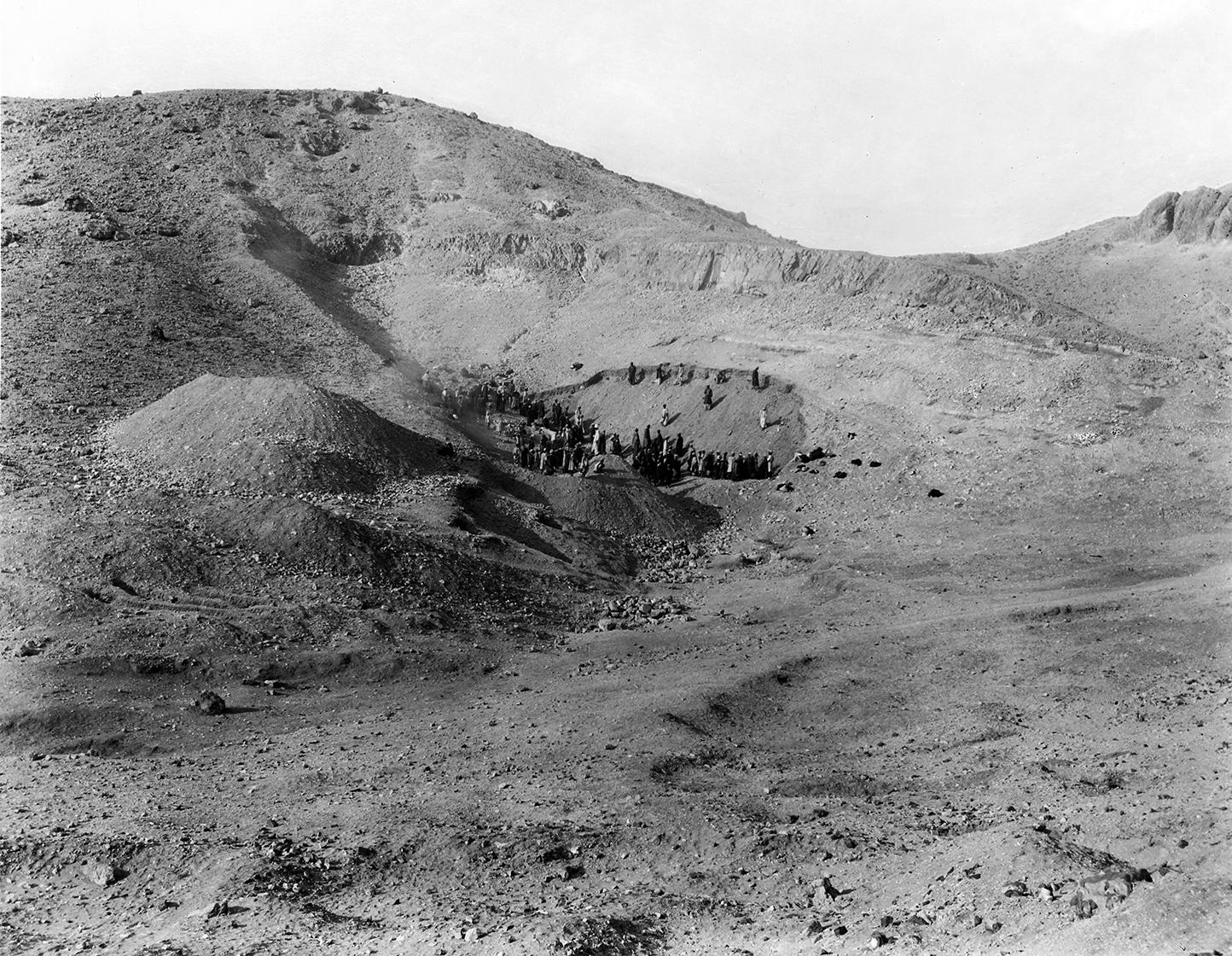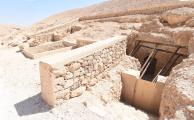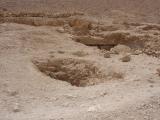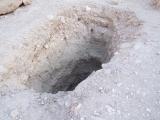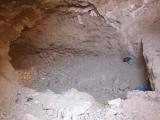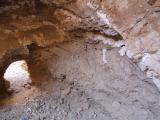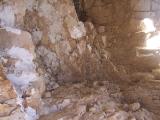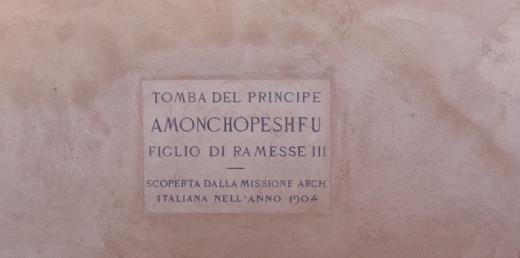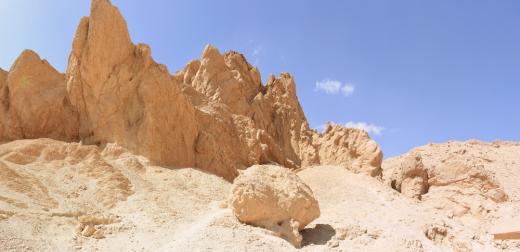QV 87
Anonymous*
About
About
QV 87 is located on the south side of the main Wadi, upslope from the main pathway of the southwest branch. It consists of a shaft entrance leading into a rough single chamber and is adjoined by QV 34, the side chamber of which is cut directly into QV 87. A cemented masonry surround with a metal grill was installed by the SCA as of December 2009.
The tomb was discovered by the Italian Archaeological Expedition (1903-1905) and was last cleared by the Franco-Egyptian Mission in 1988-89. At the time of their work, they speculated that the Ramesside workers excavating QV 34 had forgotten the placement of the earlier 18th Dynasty QV 87 and accidentally cut through its wall. A modest pottery assemblage was discovered in the tomb by the Franco-Egyptian Mission.
Site History
Dating
This site was used during the following period(s):
Exploration
Conservation
Conservation History
According to the GCI-SCA, previous interventions have tried to stabilize the tomb through the application of cement in the rear of the chamber along cracks and at the interface between shale and marl layers.
Site Condition
According to the GCI-SCA, the tomb is structurally compromised with severely fractured and friable rock throughout the chamber. The poor quality of the rock is the principal factor in the deterioration of the tomb. The collapse of the adjacent rock overburden in the main chamber of QV 34 likely contributed to deterioration as well.

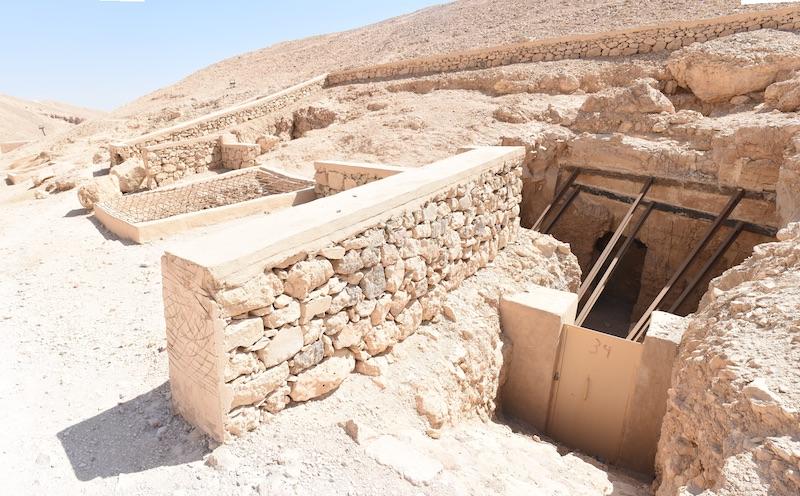
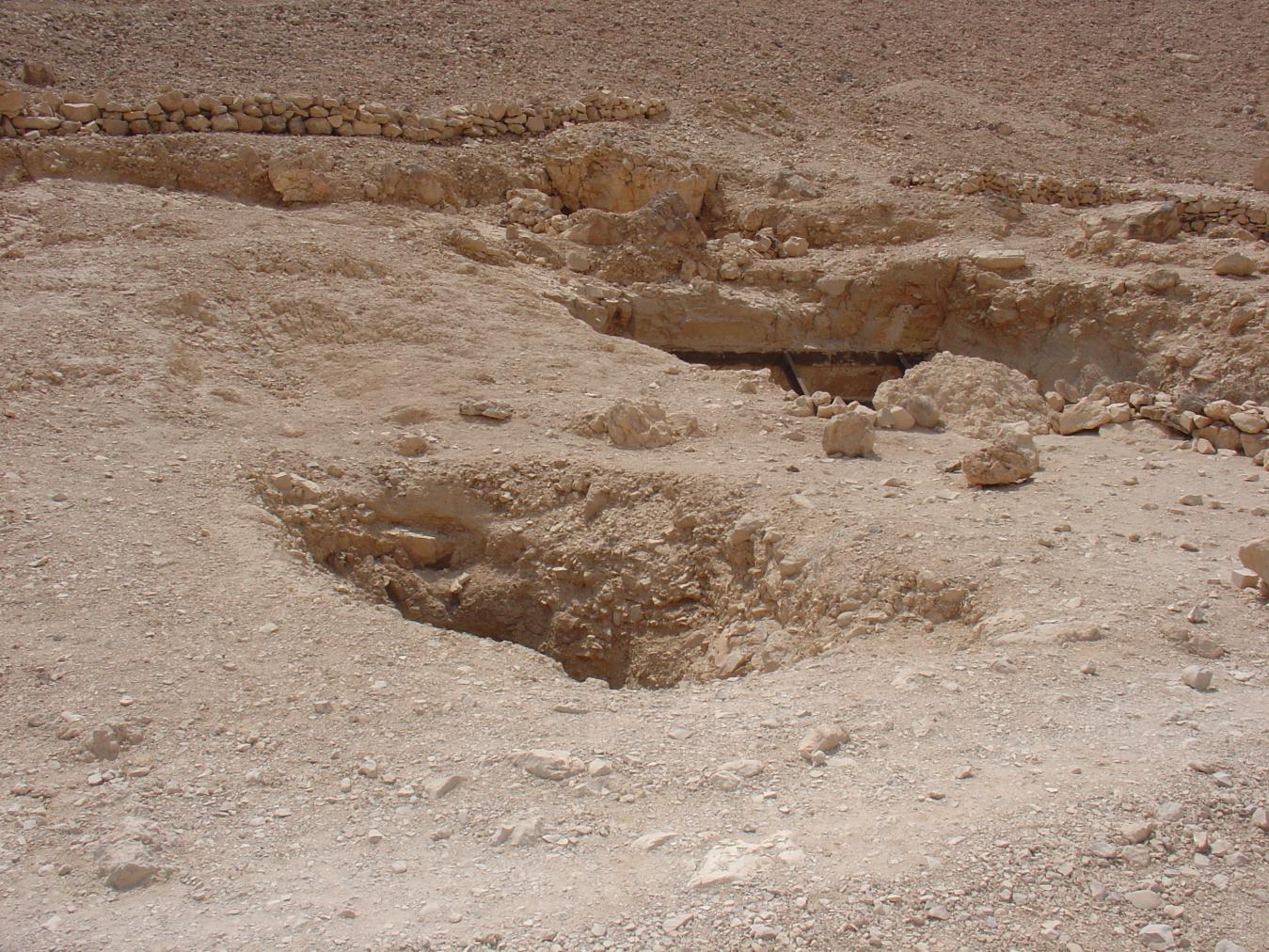
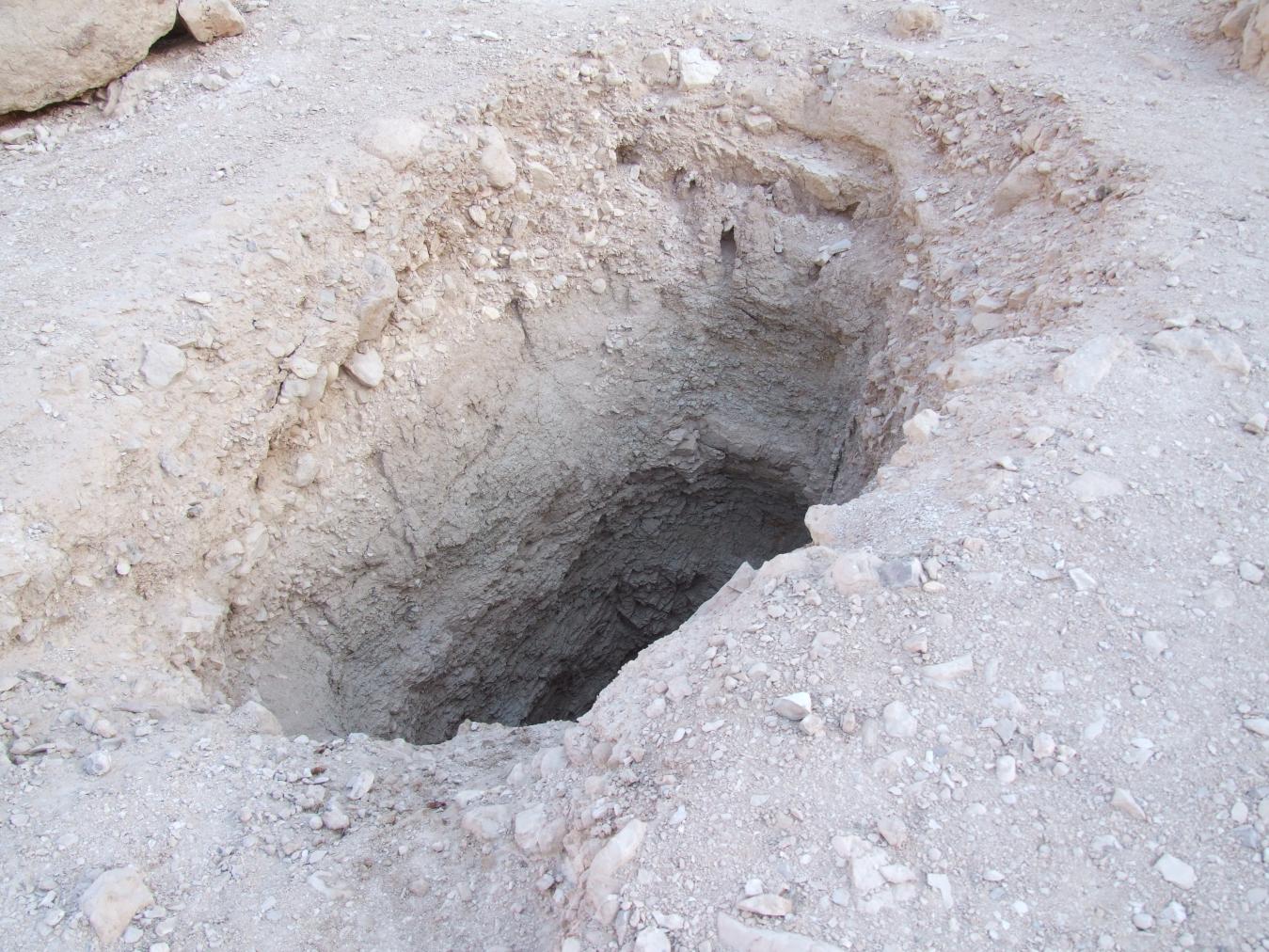
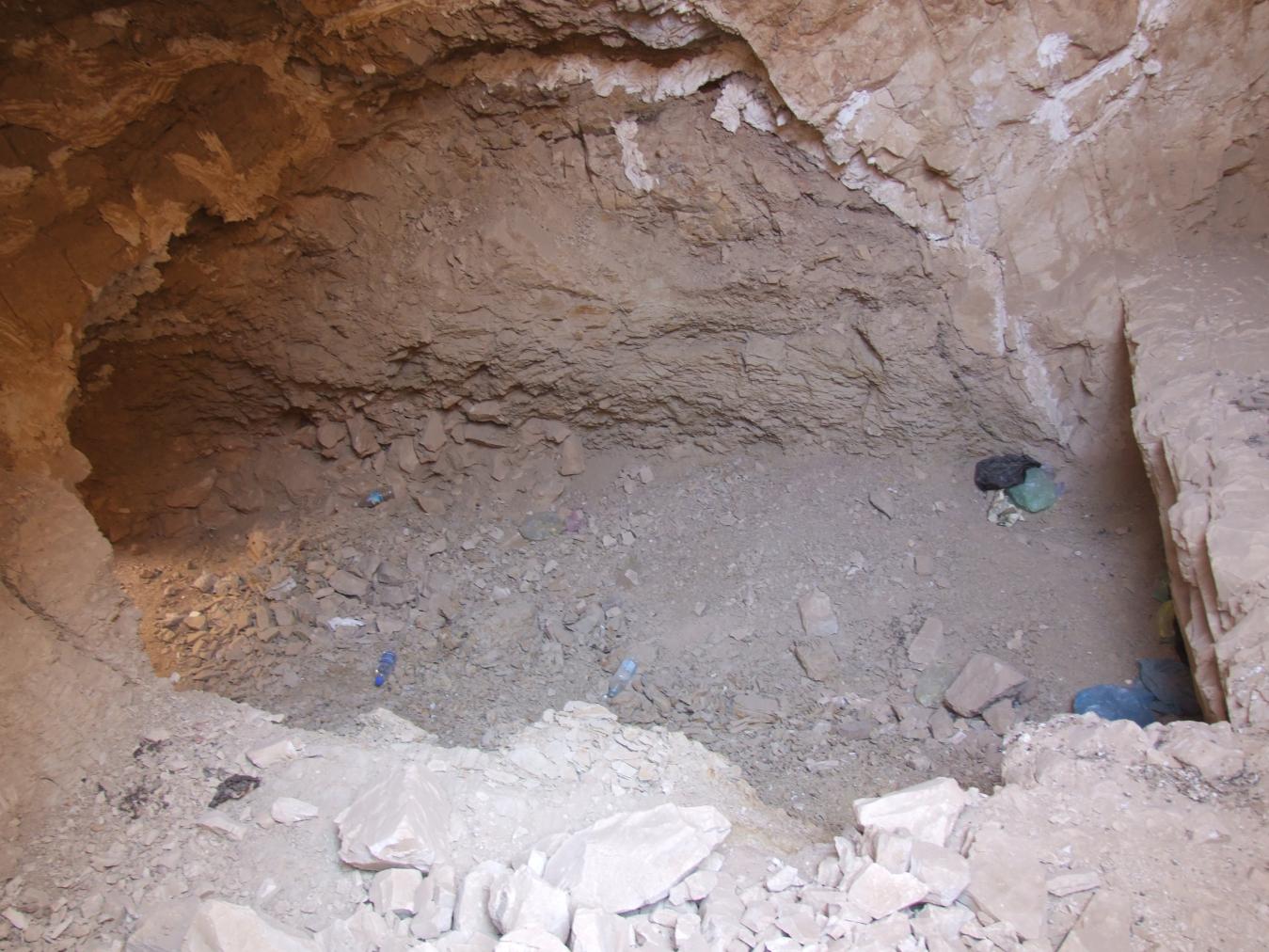
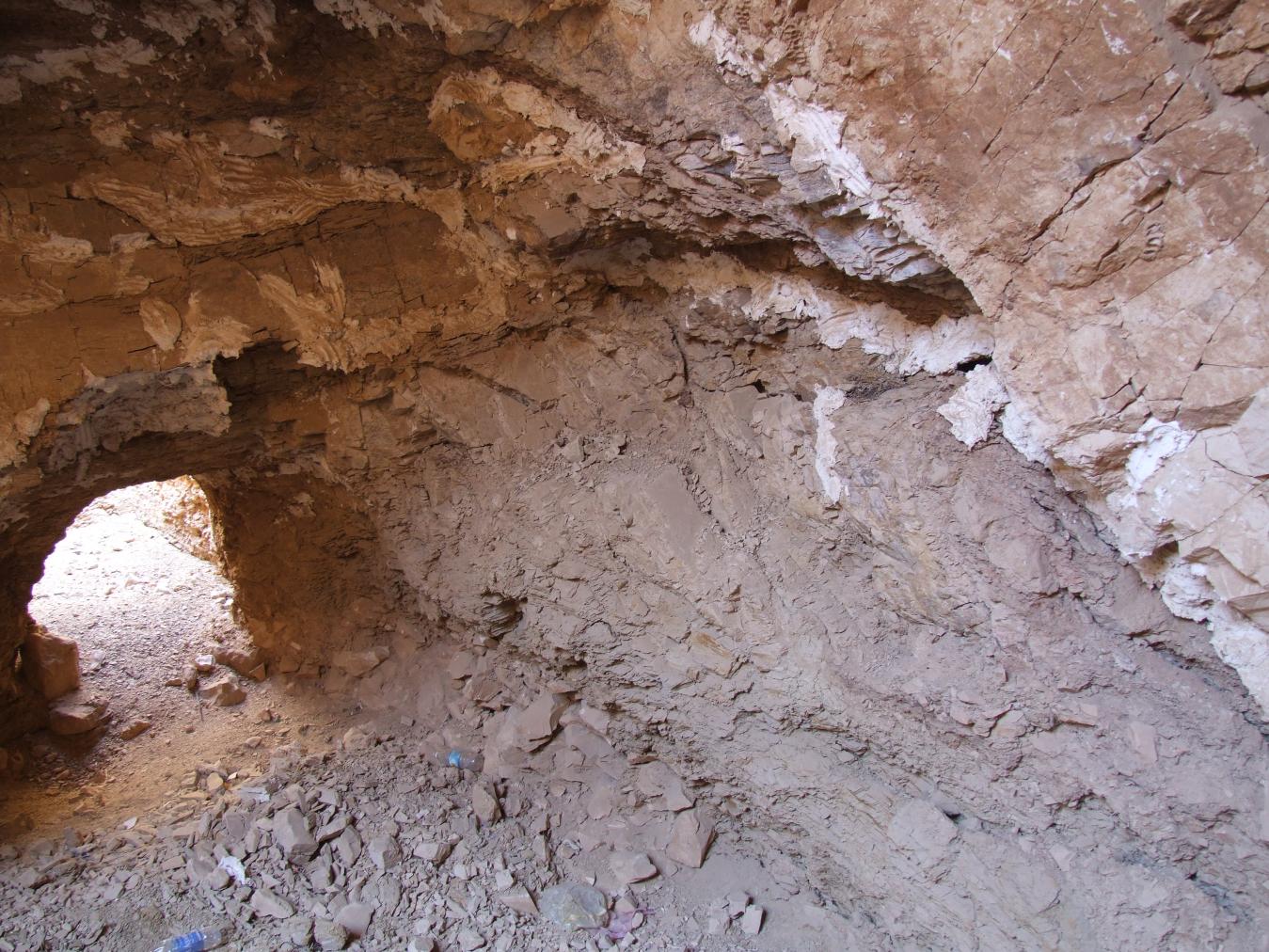
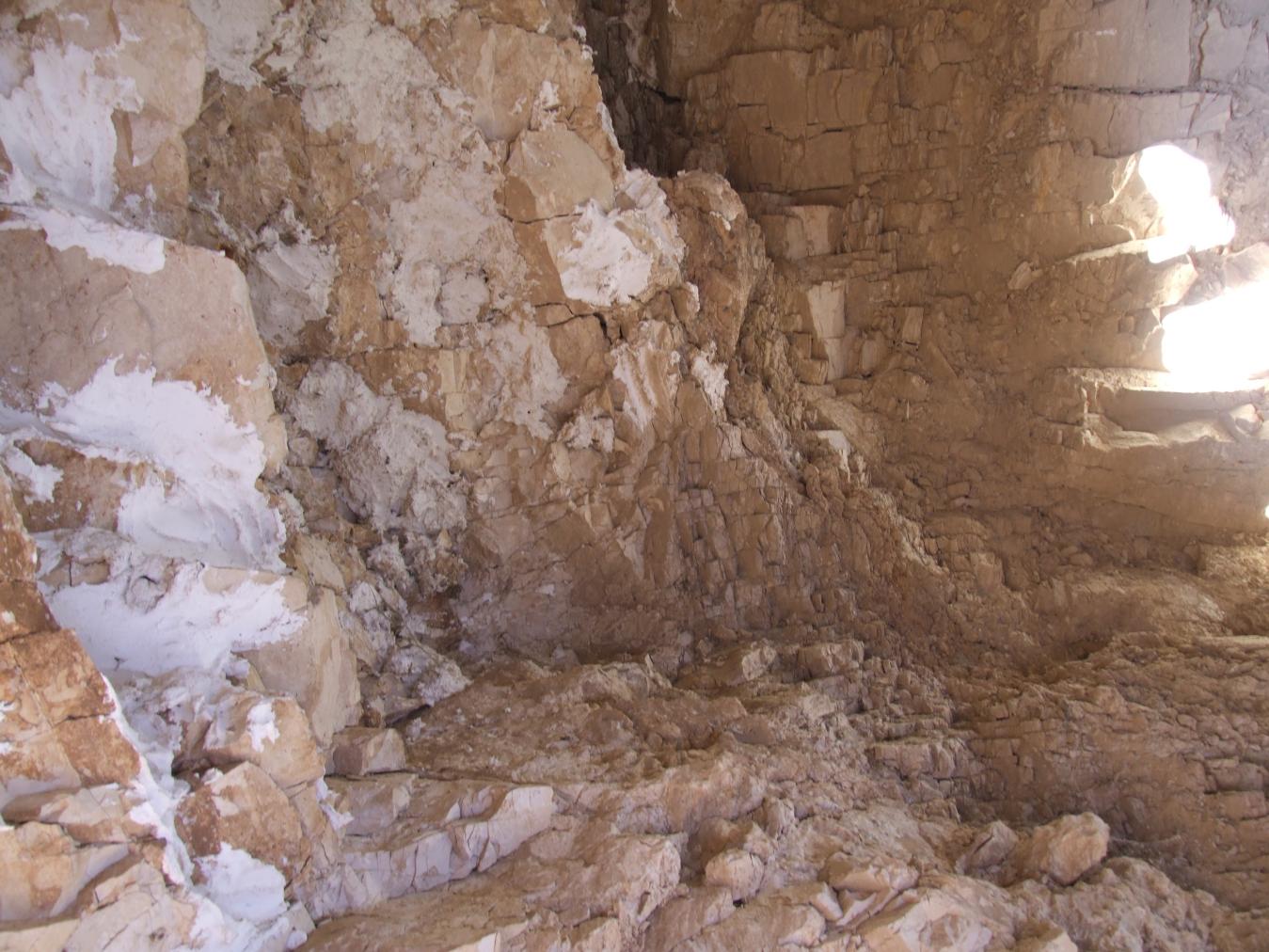
Articles
Tomb Numbering Systems in the Valley of the Queens and the Western Wadis
Geography and Geology of the Valley of the Queens and Western Wadis
Bibliography
CNRS mission report: Centre national de la recherche scientifique. Rapport d'activité 1988/1989 and1989/1990 URA no. 1064. Recherches sur les nécropoles thébaines et le Ramésseum; Publication des temples de la Nubie, 1988.
Demas, Martha and Neville Agnew (eds). Valley of the Queens. Assessment Report. Los Angeles: The Getty Conservation Institute, 2012, 2016. Two vols.
Loyrette, Anne-Marie, Magdi Fikri, Catherine Bridonneau, Said Amer El-Fiki, and Francis Janot. Vallée des Reines: la tombe VdR 34 d’une reine inconnue et le puits VdR 87. Memnonia, 9 (1998): 121-138.
